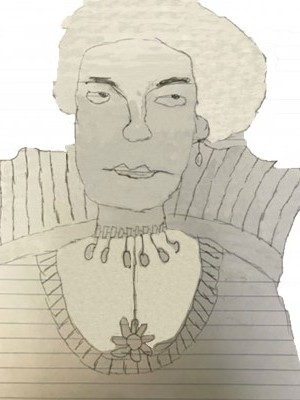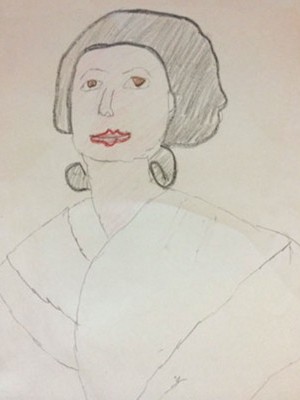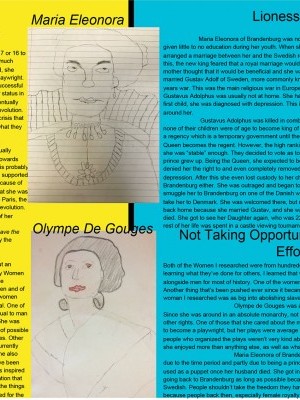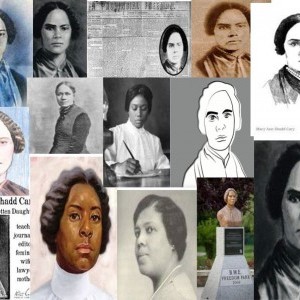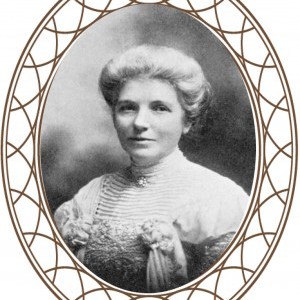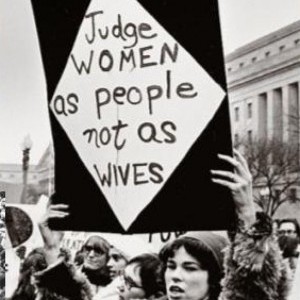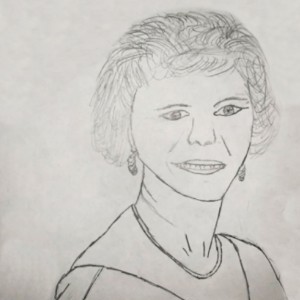Ian King
Rutherford B. Hayes High School | Delaware City, OH | 10th Grade
HISTORICAL FIGURE - The Lioness of the North
Maria Eleonora of Brandenburg
Maria Eleonora of Brandenburg was not shown much affection in her early life. She was given little to no education during her youth. When she was young, King Sigesmund, her father, arranged a marriage between her and the Swedish royalty. Her father died when she was 20. After this, the new king feared that a royal marriage would harm Swedish relations with Poland, but her mother thought that it would be beneficial and she was shipped across the Baltic to Kalmar. She married Gustav Adolf of Sweden, more commonly known as Gustavus Adolphus. Because of the 30 years war. This was the main religious war in Europe and it also pioneered pike and shot warfare. Gustavus Adolphus was usually not at home. She had her children while he wasn’t there. After her first child, she was diagnosed with depression. This is most likely due to her husband never being around her.
Gustavus Adolphus was killed in combat when he was 37. Because he was so young none of their children were of age to become king of Sweden. Normally when this happens, they have a regency which is a temporary government until the king becomes old enough to rule. Commonly the Queen becomes the regent. However, the high ranking Swedish nobles and generals didn’t think that she was “stable” enough. They decided to vote as to who should be the leading person until the prince grew up. Being the Queen, she expected to be able to vote on this matter. However, they denied her the right and even completely removed her from the court––Probably partly due to her depression. After this she even lost custody of her children. She wasn’t allowed to return to Brandenburg either. She was outraged and began to collude with the Danish King. He was going to smuggle her to Brandenburg on one of the Danish warships. She convinced the captain of the ship to take her to Denmark. She was welcomed there, but not wanted. Her brother refused to let her go back home because she married Gustav, and she was forced to stay in Denmark until her brother died. She got to see her Daughter again, who was 22 by the time she was allowed back. Most of the rest of her life was spent in a castle viewing tournaments and attending balls.
HISTORICAL FIGURE I ADMIRE
Olympe de Gouges - Revolutionary Troubles
Olympe de Gouges was born on May 7, 1748 in France. She married at 17 or 16 to an officer, Louis Aubrey. He died three years after the marriage as he was much older. They had a child two years into the marriage. Two years after he died, she abandoned her child and went to Paris, France and decided to become a playwright. Even though she had the right friends in the right places, she wasn’t very successful and didn’t come close to meeting her expectations. This was due to her low status in terms of education. In the French Revolution, she was a moderate. She eventually tried to get the King to abdicate because he wasn’t doing much about the revolution. He was trying to put it off as not coming into light and she thought that the crisis that was developing would slow down or stop if the revolutionaries were given what they wanted. She died in 1793 to the guillotine.
The start of her life was during the absolutism era. This eventually caused her to become a royalist. The rulers during this age were normally towards their people and especially to enemies. For example prisoners of war. This is probably the reason she was so supportive of women's rights. Another thing that she supported due to the time period was the abolition of slavery. She probably did this because of the slave trade in the French Colonies. She was pushed into the position that she was in because of the harsh rule of the time. Later in her life, after she moved to Paris, the French Revolution happened in her lifetime. She believed in a constitutional monarchy and supported the king in the revolution. However she hated the radicals on both sides and was a moderate. Many of her friends were members of French royalty. But most citizens were radical revolutionaries. During the revolution, she wrote some satires such as To Save the Fatherland which were to emphasize patriotism. She eventually got killed by the revolutionaries for treason.
When it comes to women's rights, she helped out an organization with a document. The Society of Republican and Revolutionary Women was the organization that asked her to write them a constitution of sorts. She published it in 1791 and it was called, The Declaration of the Rights of Women and of the Citizen. She added the citizen parts because aside from the belief that women should be treated equal, she believed that all people should be treated equal. One of her most famous quotes is related to this. “Woman is born free and lives equal to man in her rights. Social distinctions can be based only on the common utility.” She was getting recognition by the bourgeois and the radical groups. At the meeting of possible leaders, she asked for equal rights for both sexes and equal job opportunities. Other than that, she also wanted young girls to get a better education than they currently had. This may have been because she wasn’t educated as well as most. She also asked for a legal theater to just show plays written by women. This may have been due to her history of writing plays. When she published her document, it was inspired by the American Declaration of Independence. There was already a declaration that was for men, which she also based her document off of. She took some of the things requested in the other declaration and added them to hers. She mainly asked for the extension of rights. She also asked for women to have freedom of speech and the right to vote.
What the Project Means to Me
Both of the Women I researched were from hundreds of years ago. After reading about them and learning what they’ve done for others, I learned that women have been struggling to get voting rights alongside men for most of history. One of the women I researched was from over 500 years ago. Another thing that’s been pushed ever since it became prominent was abolition of slavery. The first woman I researched was as big into abolishing slavery as she was to giving women voting rights.
Olympe de Gouges was alive during and before the French revolution. Since she was around in an absolute monarchy, not much of her time was devoted to voting, but other rights. One of those that she cared about the most was equality in the theater industry. She tried to become a playwright, but her plays were average and since she was a female, the judges and people who organized the plays weren’t very kind about it. This showed that she stood up for what she enjoyed more than anything else, as well as what she believed in.
Maria Eleonora of Brandenburg was more confused than Olympe, partly due to the time period and partly due to being a princess. She fought for individuality mostly, being used as a puppet once her husband died. She got in contact with the Danes and fled. She avoided going back to Brandenburg as long as possible because her brother didn’t want her to marry the Swedish. People shouldn’t take the freedom they have to do what they want today for granted, because people back then, especially female royalty, had almost everything decided for them.
Explore the Archive
More From This Class
Click on the thumbnails below to view each student's work.Deadline Extended
There's still time to join Women Leading the Way.
Become a part of our storytelling archive. Enroll your class today.
Join the Project

